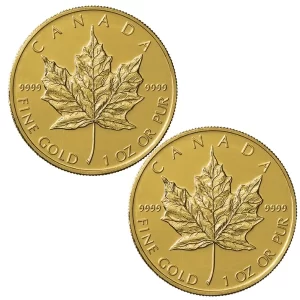In the last few months, you would have come across multiple news articles and reports about the central banks buying large quantities of gold. In this article, we will discuss the reason for this sudden gold rush among central banks.
Let’s get started!
The history of gold holding by central banks
Today, central banks around the world hold a total amount of 31,422 tonnes of gold collectively. This amounts to a whopping $1,688 billion.
According to the data of the World Gold Council, the central banks were the net sellers of gold from 2002 to 2008. It was in 2008 that they started buying and holding gold.
The World Gold Council has reported that the demand for gold from central banks around the world reached an all-time high during the Q3 of 2022. The central banks collectively have brought a whopping 307.9 tonnes of gold till November 2022.
The reason for the increasing demand for gold by the central banks
Before we discuss why central banks are buying so much gold this year, let’s first understand why these backs hold gold in the first place.
Central banks basically hold gold for various macroeconomic reasons. Gold has always been a strong store of value during times of high inflation. It helps the central banks in diversifying their reserves and safeguards the country’s economic conditions during financial emergencies.
This is the reason why most global central banks started buying more and more gold after 2008. Since 2008, the global economies have faced multiple adversaries including the global financial crisis and recession of 2008, the Euro area crisis of 2010, etc.
The demand for gold by the central banks has been at an all-time high because of the following reasons:
- To prepare for the after-effects of the COVID-19 pandemic and the economic crisis it brought
- The 2022 Russia-Ukraine war and the strain it is causing on the world economies
- The rising global inflation
- The weakening US dollar. The US dollar and gold have an inverse relationship. As the dollar becomes weaker, gold rises in value. Thus, as the dollar continues to dip and massive inflation is knocking on our doors, central banks around the world are increasing their gold holdings. This helps them maintain economic stability and protect their reserves during market volatility.
At present, the central banks of Turkey, Russia, and China have emerged as the largest buyers of gold.
Conclusion
As the world economies continue to face rising inflation, the central banks act as the guardians of the financial and economic stability of the country.
During a time of market instability like today, central banks have increased their demand for gold because of two main reasons. They are doing it either to protect themselves against financial crises or to counter the hegemony of Western Europe and the United States.
 Hi,
Hi,






















